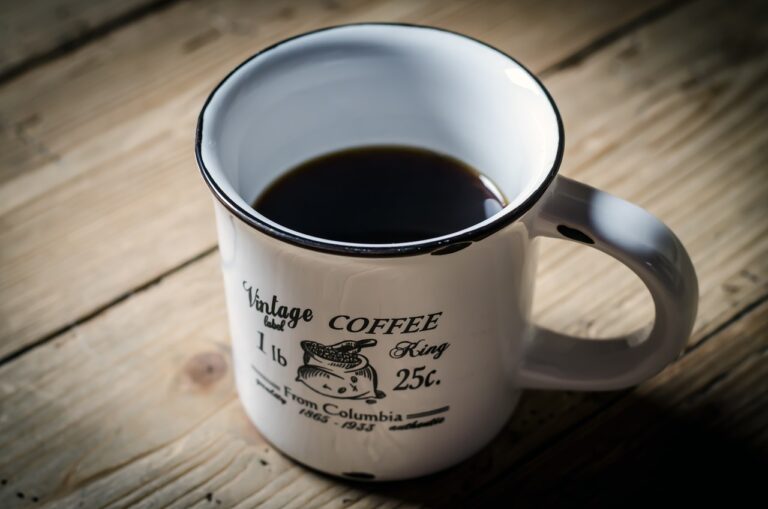Personal Care Products and Their Impact on Biodiversity: Betbook250 login, Reddybook id, Playlotus365
betbook250 login, reddybook id, playlotus365: Personal Care Products and Their Impact on Biodiversity
When most people think about personal care products, they probably don’t consider the impact these items can have on the environment. From shampoo and soap to makeup and sunscreen, the products we use on our bodies every day can have a significant effect on biodiversity the variety and variability of life forms on Earth.
But how exactly do personal care products impact biodiversity, and what can we do to minimize their negative effects? Let’s take a closer look at this important issue.
Chemicals in Personal Care Products
Many personal care products contain chemicals that can harm both our health and the environment. For example, common ingredients like parabens, phthalates, and triclosan have been linked to hormone disruption, reproductive issues, and even cancer.
When these chemicals are washed down the drain, they can enter our waterways and have detrimental effects on aquatic plants and animals. Some chemicals can bioaccumulate in the bodies of animals, leading to long-term impacts on entire ecosystems.
Deforestation and Habitat Destruction
The production of ingredients used in personal care products can also contribute to deforestation and habitat destruction. For example, palm oil a common ingredient in many skincare products is linked to the destruction of rainforests in Southeast Asia, threatening the habitats of endangered species like orangutans and tigers.
By choosing sustainable and eco-friendly products, consumers can help reduce the demand for ingredients that contribute to deforestation and habitat loss.
Microplastics and Marine Life
Many personal care products contain microplastics tiny pieces of plastic less than 5mm in size. These microplastics can be found in exfoliating scrubs, toothpaste, and even some types of glitter.
When these products are washed down the drain, they can end up in the ocean, where they pose a threat to marine life. Animals like fish and seabirds can mistake microplastics for food, leading to internal injuries and even death.
What You Can Do to Help
Thankfully, there are steps you can take to minimize the impact of personal care products on biodiversity. Start by reading ingredient labels and avoiding products that contain harmful chemicals like parabens, phthalates, and triclosan.
Look for products that are certified organic or have eco-friendly certifications, like the Leaping Bunny or USDA Organic labels. These certifications ensure that the products were made in an environmentally responsible way.
You can also support brands that use sustainable and ethically sourced ingredients, as well as those that prioritize packaging that is recyclable or biodegradable.
FAQs
1. How can I tell if a personal care product is eco-friendly?
Look for certifications like USDA Organic, Leaping Bunny, or EcoCert on the label. These certifications indicate that the product meets certain environmental standards.
2. Are natural products always better for the environment?
Not necessarily. While natural products may be free of harmful chemicals, they can still have negative environmental impacts if they are not sustainably sourced or produced.
3. What should I do with personal care products I no longer want?
Check to see if your local community has a recycling program for beauty products. You can also consider donating gently used products to shelters or organizations in need.







